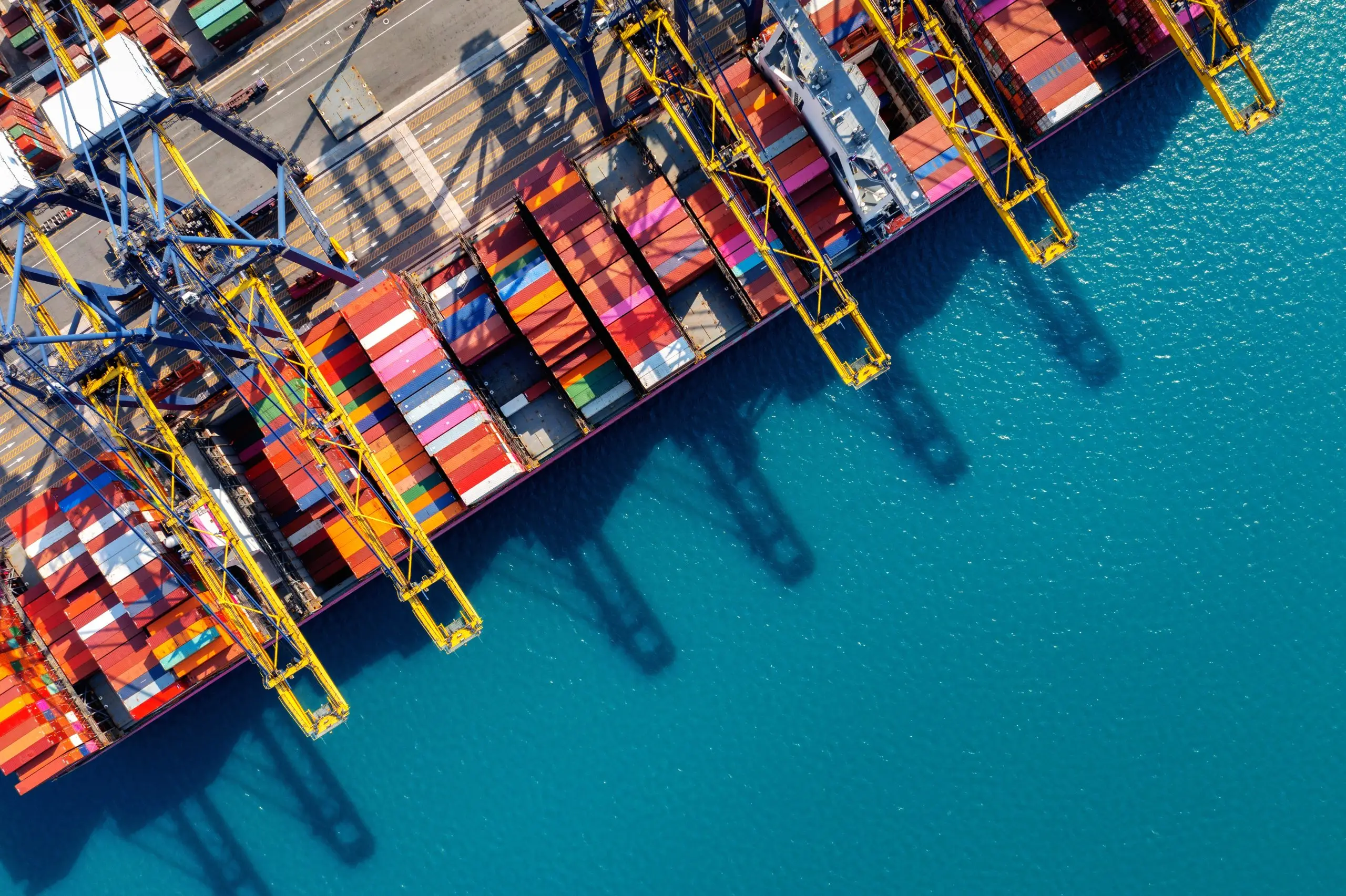Summary
- With its economic security strategy and de-risking paradigm, the EU has begun to reestablish the dormant link between its security and economic policies.
- Focusing solely on risk mitigation, however, is short-sighted and prevents the EU from effectively managing its geoeconomic position at a time when other powers’ ambitions threaten to narrow its room for manoeuvre.
- The EU should use the start of the new institutional cycle to upgrade its strategy into one that can strengthen its geoeconomic position and cope with future challenges arising from the trajectories of the US, China, and Russia.
- It needs to develop a proactive approach that thinks beyond risks, establish a more geopolitical and less siloed structure, and reassess the traditional principles governing the most critical supply chains.
- To implement this approach, the EU should start by enhancing its knowledge and intelligence capabilities in critical supply chains, revamping its working methods, introducing new economic security standards, and establishing new partnerships along strategic supply chains.
The EU’s geoeconomic awakening
The feeling of doom and gloom about the economy is palpable across much of Europe. Industry groups, CEOs, and politicians have been sounding the alarm for months, as the European Union appears to fall behind the United States and China on economic metrics ranging from productivity gains and innovation output to research and development investments and capital market scale. Former Italian prime ministers Mario Draghi and Enrico Letta have lent political weight to the idea that the EU’s cards in the global race for economic growth, industry, and transformation are much weaker than those of its rivals and that it needs – in Draghi’s words – a “radical change” if it is to keep up. In April, European leaders heeded those concerns at a special European Council and called for a new “competitiveness deal” to close the economic gap with their rivals. The next commission is set to make competitiveness one of its top priorities.
A strong economy is indeed the foundation of European prosperity, influence, and security. But making the EU “competitive” alone would not automatically improve its geoeconomic position. A truly geoeconomic EU will need to do more than offer better business opportunities for its companies or cut bureaucratic red tape. Europe’s geoeconomic position is equally co-determined by its ability to capture and defend technological leadership positions, maintain shock-resilient production capabilities, and restructure its most vital economic networks along new geoeconomic fragmentation lines. In this reality, even the most ardent European free traders are coming to terms with the fact that prosperity and security are complex privileges, the maintenance of which may require a more managed approach to certain economic and technological challenges.
European leaders have therefore endorsed an additional leg to their economic agenda to address these diverse geoeconomic challenges: “de-risking”. To put de-risking into practice, the European Commission’s June 2023 economic security strategy laid out a blueprint for how the bloc can identify risks and the guidelines available to mitigate them. It addresses risks arising from supply chain disruptions, economic coercion, the unwanted leakage of technology, and critical infrastructure disruptions.
De-risking certainly sounds safe and pragmatic, and promises only limited and cost-effective incisions into the economy, but it masks the complexity it purports to address. Firstly because difficult trade-offs abound when trying to limit Europe’s risk exposure. Limiting the risk of depending on third countries for critical raw materials or clean technology inputs, for example, may expose the single market to other risks, such as higher costs for the production or installation of clean technologies.
Secondly the ambitions of other powers are calling the practicality of de-risking into question. Washington, for example, appears bent on tightening the trade and technology screws on China ever further as it pursues its national security goal of maintaining technological leadership. Its measures to achieve this, from export, investment, and financial controls to subsidies that bend supply chains towards American shores, may not fully align with Europe’s own designs to decrease risks. Beijing, meanwhile, is doubling down on its own national-security-driven de-risking agenda. This effectively seeks to limit the share of European inputs into China’s industries and simultaneously increase Europe’s reliance on China’s own strategic goods and services by supporting major production expansions in technologies and industries which form the backbone of the emerging global economy. Paired with the possibility of any of a number of geopolitical events, from the re-election of Donald Trump as US president to a naval incident in the South China Sea, these dynamics could throw any semblance of an ordered European de-risking agenda into disarray.
European leaders have a long way to go to transform their new agenda items on competitiveness, de-risking, and economic security into a solid geoeconomic strategy. The new EU institutional cycle offers an opportunity to do that.
In this policy brief, we set out why the EU’s current approach, encapsulated in its economic security strategy, does not yet offer the right guidelines to strengthen Europe’s geoeconomic position or deal with the biggest geoeconomic challenges in the coming years – America’s strategic trajectory, China’s securitised economy, and Russia’s war. Based on these lessons and input from ECFR’s flagship geoeconomic strategy group, we then offer three guidelines to upgrade the strategy into one that can strengthen Europe’s geoeconomic position vis-à-vis other powers. Finally, we recommend some building blocks for how European policymakers can operationalise this process.
Where the economic security agenda falls short
Risks are at the forefront of the EU’s evolving outlook on the global economy, which is increasingly defined by great power competition, fragmentation, and disruptions. In addition to identifying the major risk categories of supply chain disruptions, economic coercion, the unwanted leakage of technology, and critical infrastructure disruptions, the 2023 economic security strategy set out three guidelines for mitigating risks: promoting, protecting, and partnering. This risk-based approach has become the dominant concept through which the EU attempts to re-organise its economic actions.
While the 2023 strategy was comprehensive and ambitious, the EU has struggled in the year since to advance it fully. The risk assessment process, led by the European Commission, has proven difficult to operate, at times causing frustration both in European capitals and among businesses due to perceived unclear objectives and its vast scope. Meanwhile, the commission has struggled to transparently communicate what its desired end goals are.
In January 2024, the commission then released a first suite of proposals to strengthen the EU’s economic security, including proposals to revamp the EU’s 2019 investment screening regulation and enhance research security across the bloc, as well as three white papers on assessing risks related to outbound investment, reforming the 2021 dual-use export control regulation, and supporting research and development in technologies with dual-use potential. This package focused primarily on addressing narrow national security risks related to technology leakage, but stopped short of aiming for more comprehensive reforms. This segregation is a problem as risks hardly emerge in isolation. Risks related to technology leakage, for example, could exacerbate supply chain resilience, coercion, or critical infrastructure risks, meaning pulling the lever on one will have implications for the others.
In addition to addressing the four risk categories independently, rather than as one challenge, the EU’s January economic security package focused almost exclusively on the “protect” agenda (with the exception of the proposal for more research and development funding for dual-use research). A broader view, which would assess economic security in light of Europe’s battle over techno-industrial high grounds, was missing.
This is not to say the EU has been sitting on its hands. It has launched several initiatives aimed at promoting and partnering. But these have been either limited in scope or siloed from other intiatives – or both. Notable “promote” tools include the 2023 European Chips Act which aims to mobilise some €43 billion of public and private investments into the continent’s shrinking semiconductor ecosystem; a Net Zero Industry Act and a Critical Raw Materials Act which aim to boost the EU’s production capabilities for strategic clean technologies and the raw materials required to produce them; and a Strategic Technologies for Europe Platform (STEP) to provide financial support for clean technologies and defence manufacturing capacities (which was however significantly scaled down in its financial ambition). Although often ambitious on paper, these acts rely on national state aid exemptions to promote industry, and are only loosely coordinated by Brussels. A joined-up European industrial policy, in which goals, capabilities, and supply chains are defined beyond national borders, is effectively missing.
The “partner” dimension of the economic security agenda reveals a similar story. The EU has developed a range of new partnership formats primarily to address risks, including more than a dozen new raw materials deals; new formats for climate diplomacy; Global Gateway to direct resources to strategic partners; and technology diplomacy formats, notably the Trade and Technology Council (TTC) with the US and India and digital partnerships with Japan, South Korea, and Singapore. However, these partnerships remain largely detached from the EU’s internal risk measures, such as those targeting technology leakage or industrial upgrading.
In effect, it remains unclear how the protect, promote, and partner elements relate to one another. For example, plans to promote clean technology manufacturing in the EU were not linked to credible protections for industrial start-ups against the deluge of cut-price equipment and goods from China (the recently announced tariffs on Chinese electric vehicles may be a turning point in this regard). Neither is it evident how the EU intends to align its own promote goals with those of its partners in emerging economies, which are themselves seeking stronger positions in the key supply chains of tomorrow and could find themselves penalised by the EU’s measures. Serious anger among emerging economies over the European Green Deal tools, such as the carbon border adjustment mechanism and the de-forestation law, demonstrates the challenge of designing de-risking measures which actually partner with, not punish, emerging economies.
The EU’s economic security agenda so far is too narrow, reactive, and defensive. And it is not clear how it hopes to address the difficult trade-offs with other goals, such as greening its economy or boosting its technological edge or prosperity, as outlined recently by our ECFR colleagues. The current approach lacks a strategic vision and concrete goals to make sense of the myriad trade-offs created by the different initiatives, even today. But three major geoeconomic challenges on Europe’s doorstep could further tear it apart. The EU needs to draw the right lessons from these if it is to adjust its course and ensure its strategy is equipped for the evolving world.
About the author:
Tobias Gehrke is a senior policy fellow at the European Council on Foreign Relations, based in the Berlin office. He covers geoeconomics, focusing on economic security, European economic strategy, and great power competition in the global economy.
Filip Medunic was the European Power programme coordinator.Previously, he was the l


